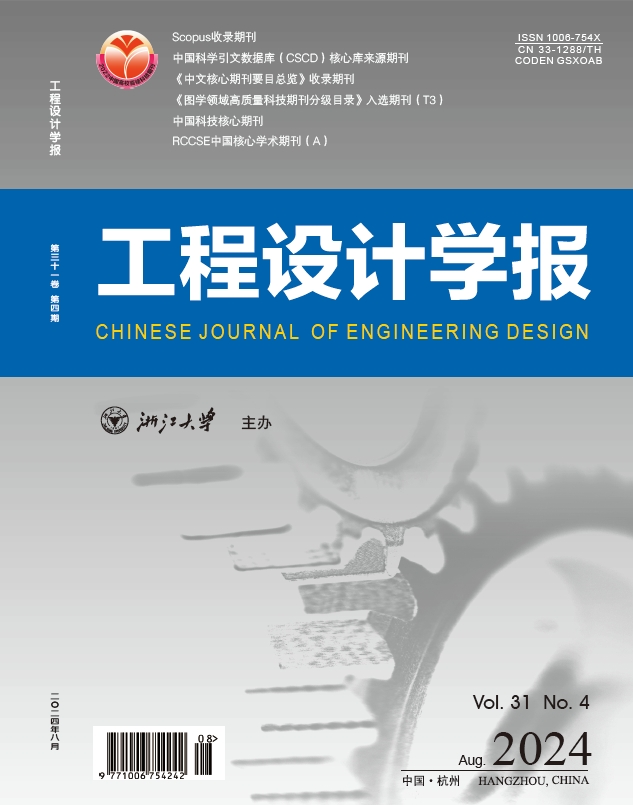SBA-15去除超细颗粒的机理研究
IF 4.5
Q4 Engineering
引用次数: 0
摘要
2017年,中国工业粉尘排放量为796万吨,其中钢铁行业贡献约25%。钢铁工业排放的颗粒物大多体积小、温度高、成分复杂。粒径小于0.1 μm的超细颗粒(ufp)质量浓度较低,但数量浓度所占比例可高达90%。目前,常用的袋式除尘器和静电除尘器对细颗粒物的收集效率还不够高。此外,由于细颗粒物具有较大的比表面积,容易成为吸附有害气体的载体,对环境和人体健康的影响更大,因此,确定一种简单高效的过滤方法来去除超细颗粒物是当务之急。利用扫描式电迁移粒径谱仪(SMPS)测试系统,研究了不同孔径SBA-15对ufp (2.5 ~ 25 nm)的去除效率及机理。为介孔材料在钢铁行业颗粒物超低排放控制中的应用提供理论依据。基于实验结果和表征分析,发现孔径较大的介孔过滤介质对ufp进入的影响更大。具有特定孔径的介孔材料的内外表面都有许多ufp的亲和位点。增加端部的复杂程度有利于提高物料的过滤性能。氮的存在与否对ufp的去除影响不大。由于介孔颗粒的存在,ufp的扩散效果更强,颗粒进入孔后扩散系数增大。因此,传统粒子扩散模型中的理论指数(m=-2/3)与ufp在介孔材料中的实际扩散结果存在差异。本文章由计算机程序翻译,如有差异,请以英文原文为准。
Study of the mechanism of removing ultrafine particles using SBA-15
In 2017, China’s industrial dust emissions accounted for 7.96 million tons, of which the iron and steel industry contributed approximately 25%. Particulate matter discharged from the iron and steel industry is mostly of a small size, high in temperature, and complex in composition. The mass concentration of ultrafine particles(UFPs) with particle sizes that are less than0.1 μm is low;however, the proportion of quantity concentration can be as high as 90%. Currently, the commonly used bag filters and electrostatic precipitators are not sufficiently efficient at collecting fine particles. Additionally, owing to the larger specific surface area of fine dust particles, they easily become carriers of adsorbing harmful gases, which has a greater impact on the environment and human health;thus, it is imperative to determine a simple and efficient filtration method to remove ultrafine particles. In this paper, the removal efficiency and mechanism of UFPs(2.5–25 nm) were investigated by using a scanning electromobility particle size spectrometer(SMPS)test system for SBA-15 for different pore sizes. This was done to provide a theoretical basis for the application of mesoporous materials in the control of ultra-low emission of particulate matter in the iron and steel industry. Based on the experimental results and characterization analysis, it is found that a mesoporous filtration medium with a large pore size is more efficient at affecting UFPs entry.There are many affinity sites for UFPs on the inner and outer surfaces of mesoporous materials with a specific pore size. Increasing the complexity of the ends is beneficial for improve the filtration performance of the materials. The presence or absence of nitrogen has little effect on the removal of UFPs. The diffusion effect of UFPs is stronger owing to the existence of mesoporous particles, and the diffusion coefficient is increased when particles enter the pore. Therefore, there is a difference between the theoretical exponent(m=-2/3) in the traditional model for particle diffusion and the actual diffusion results of UFPs in mesoporous materials.
求助全文
通过发布文献求助,成功后即可免费获取论文全文。
去求助
来源期刊

工程设计学报
Engineering-Engineering (miscellaneous)
CiteScore
0.60
自引率
0.00%
发文量
2447
审稿时长
14 weeks
期刊介绍:
Chinese Journal of Engineering Design is a reputable journal published by Zhejiang University Press Co., Ltd. It was founded in December, 1994 as the first internationally cooperative journal in the area of engineering design research. Administrated by the Ministry of Education of China, it is sponsored by both Zhejiang University and Chinese Society of Mechanical Engineering. Zhejiang University Press Co., Ltd. is fully responsible for its bimonthly domestic and oversea publication. Its page is in A4 size. This journal is devoted to reporting most up-to-date achievements of engineering design researches and therefore, to promote the communications of academic researches and their applications to industry. Achievments of great creativity and practicablity are extraordinarily desirable. Aiming at supplying designers, developers and researchers of diversified technical artifacts with valuable references, its content covers all aspects of design theory and methodology, as well as its enabling environment, for instance, creative design, concurrent design, conceptual design, intelligent design, web-based design, reverse engineering design, industrial design, design optimization, tribology, design by biological analogy, virtual reality in design, structural analysis and design, design knowledge representation, design knowledge management, design decision-making systems, etc.
 求助内容:
求助内容: 应助结果提醒方式:
应助结果提醒方式:


